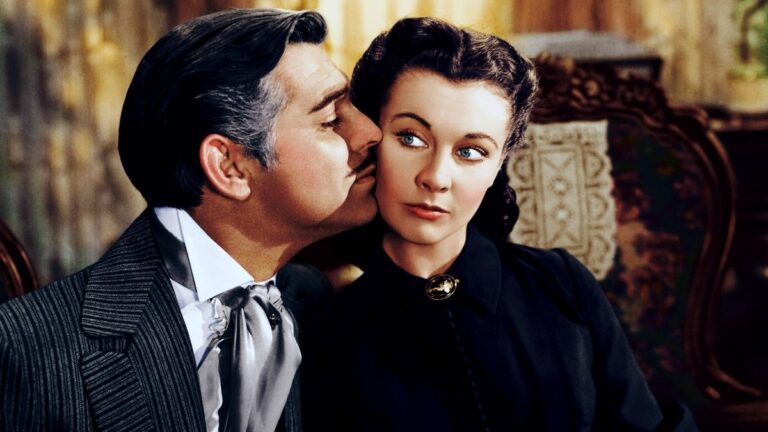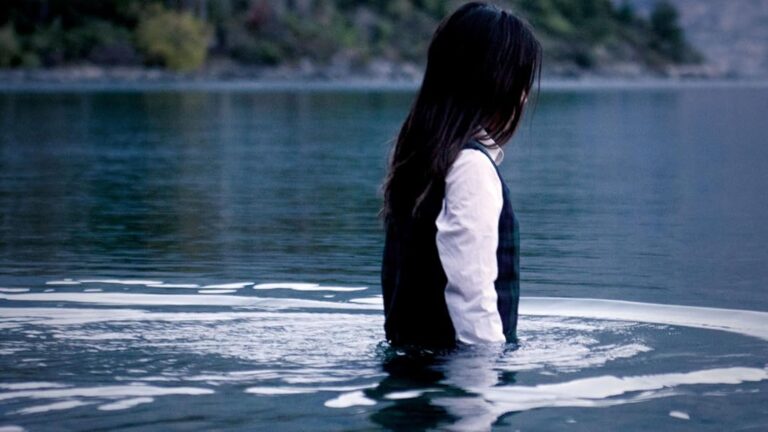
Introduction to The Living Daylights
Brief Overview of the Film
When you think of James Bond, certain iconic films instantly pop into your mind. But among the glitz, gadgets, and girls, The Living Daylights stands out as a gritty, grounded entry that introduced a new Bond to the world. Released in 1987, this 15th installment in the Bond franchise marked a pivotal moment in the series. It was Timothy Dalton’s first turn as 007, and the film aimed to steer the character back to his more serious, espionage-driven roots.
Unlike the Roger Moore era, which leaned heavily into campy humor and over-the-top villains, The Living Daylights delivers a more serious narrative rooted in Cold War intrigue. Directed by John Glen, the film kicks off with an explosive training mission in Gibraltar and quickly moves into a high-stakes mission involving defecting Soviet generals, arms deals, and a whirlwind journey from Bratislava to Afghanistan.
What makes this film especially interesting is its attempt to bring Bond closer to Ian Fleming’s original vision. Dalton’s Bond is not just suave and stylish—he’s also conflicted, morally grounded, and deeply human. That tonal shift sets the stage for an intense, high-octane thriller that still feels relevant decades later.
Historical Context and Release Date
The Living Daylights was released in the summer of 1987, at a time when the Cold War was still a pressing reality. The geopolitical tension between the West and the Soviet Union provided fertile ground for a story that revolves around double-crossing Russian generals and international arms smuggling. It arrived during a transitional phase for the franchise—Roger Moore had just retired from the role after 12 years, and the producers were keen to reinvent Bond for a new era.
This wasn’t just a shift in actor—it was a shift in storytelling philosophy. After the increasingly fantastical nature of the late Moore films like Moonraker and A View to a Kill, audiences were ready for something fresh. Dalton’s grittier interpretation mirrored the mood of the late ‘80s—gritty realism, less excess, more substance.
From a cinematic standpoint, it was competing with heavy hitters like Lethal Weapon and Predator, yet The Living Daylights held its own, grossing over $190 million worldwide. It proved that audiences still had a strong appetite for Bond—but they also wanted to see him evolve.
The Transition: Timothy Dalton as James Bond
Replacing Roger Moore – A Bold Move
Transitioning from one Bond actor to another has never been an easy task. Roger Moore had played 007 for seven consecutive films, becoming a staple of the franchise with his witty quips, raised eyebrows, and tongue-in-cheek charm. So when Dalton stepped into the tux, expectations were sky-high, and the stakes even higher.
Choosing Dalton was not just about replacing Moore—it was about rebooting the character without fully rebooting the universe. The producers knew that after the commercial success yet critical exhaustion of Moore’s later films, Bond needed to feel real again. Dalton, a trained Shakespearean actor, brought a theatrical intensity that hadn’t been seen since Sean Connery’s early days.
Dalton’s Bond didn’t smile much, didn’t joke too often, and didn’t bed women just for sport. This change was jarring to some fans but invigorating to others. For the first time in years, 007 seemed vulnerable, conflicted, and even—dare we say—human.
There was controversy, of course. Some fans felt Dalton was too serious. Others missed the carefree, gadget-happy hero of earlier years. But there’s no denying the impact his arrival had. The Living Daylights was a signal flare that James Bond was not just a relic of the past—he was evolving.
Timothy Dalton’s Unique Take on 007
Timothy Dalton approached Bond from the pages of Ian Fleming’s novels. Unlike Moore, who crafted Bond into a debonair playboy, Dalton insisted on portraying him as a government assassin with a conscience. He believed Bond should be a man burdened by his license to kill, not someone who relished it.
That seriousness gave the character new depth. In The Living Daylights, we see a Bond who questions orders, shows compassion to his love interest Kara Milovy, and displays loyalty to his friends and principles. He’s professional, but not robotic. He’s lethal, but not without remorse.
Dalton’s version of Bond is the man behind the martini. He’s constantly weighing the cost of his actions, both on a personal and global level. His charisma doesn’t come from one-liners or fancy watches, but from intensity and conviction.
This portrayal laid the groundwork for future Bonds like Daniel Craig, who would continue to explore the psychological toll of being 007. In hindsight, Dalton’s Bond may have been ahead of its time—too raw for the flashy ‘80s, but perfect for the more introspective lens of modern cinema.
The Plot Unraveled
The Opening Act – Bond in Gibraltar
The film opens with one of the most exciting pre-title sequences in Bond history. The setting: a British training exercise on the Rock of Gibraltar. The tension: palpable. Bond parachutes in with two other 00 agents, only for the exercise to turn deadly when one is murdered for real by an unknown assailant.
This thrilling introduction does several things right off the bat. It shows Bond in action—fearless, tactical, and observant. It also immediately distinguishes this Bond film as grittier and more serious than its predecessors. No slow build here; we’re thrown straight into the action.
The Gibraltar sequence is also visually spectacular. From the rocky cliffs to the dramatic truck chase, it’s a feast of suspense and stunt work. And of course, it ends with a bang—literally—with Bond escaping from a flaming jeep that crashes through a barrier, parachuting to safety onto a yacht, and making a dry quip to boot.
This blend of danger and charm perfectly sets the tone for what’s to come: a more grounded yet thrilling Bond experience.

Escalating Tensions – The Defection Plot
Following Gibraltar, the main story kicks into gear with Bond assigned to aid the defection of a Soviet general, Georgi Koskov, in Bratislava. During the mission, Bond is instructed to shoot a sniper targeting Koskov—except the “sniper” turns out to be Kara Milovy, a cellist and Koskov’s alleged girlfriend. Bond spares her life, sensing something is off.
This moment is crucial. It not only propels the plot forward but also establishes Bond’s moral code. He follows his instincts rather than blindly obeying orders, a theme that recurs throughout the film.
Koskov’s defection seems smooth—too smooth. When he is later kidnapped from a British safe house, suspicions arise. Bond’s investigation leads him on a journey across Europe and into the Middle East, as he uncovers a sinister conspiracy involving arms deals, betrayal, and manipulation on a geopolitical scale.
Kara’s involvement grows deeper, and Bond finds himself not just protecting her, but emotionally investing in her. She’s not the typical disposable Bond girl—she’s a central part of the story, and her relationship with Bond is one of the most nuanced in the series.






